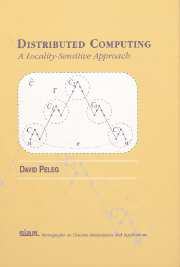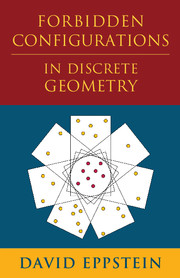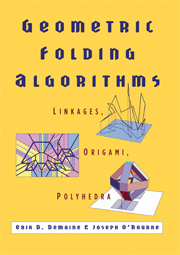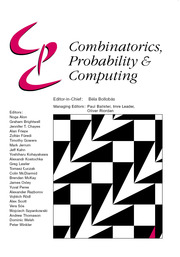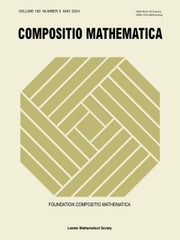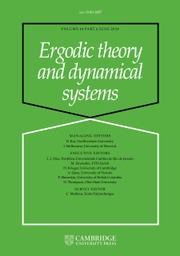Geometric Spanner Networks
Aimed at an audience of researchers and graduate students in computational geometry and algorithm design, this book uses the Geometric Spanner Network Problem to showcase a number of useful algorithmic techniques, data structure strategies, and geometric analysis techniques with many applications, practical and theoretical. The authors present rigorous descriptions of the main algorithms and their analyses for different variations of the Geometric Spanner Network Problem. Though the basic ideas behind most of these algorithms are intuitive, very few are easy to describe and analyze. For most of the algorithms, nontrivial data structures need to be designed, and nontrivial techniques need to be developed in order for analysis to take place. Still, there are several basic principles and results that are used throughout the book. One of the most important is the powerful well-separated pair decomposition. This decomposition is used as a starting point for several of the spanner constructions.
- The first monograph on geometric spanners
- Great attention to details; algorithms and proofs are presented in as much detail as possible
- Some of the analysis has not appeared in such detail in literature
Product details
April 2007Hardback
9780521815130
516 pages
260 × 185 × 34 mm
1.06kg
Available
Table of Contents
- Part I. Introduction:
- 1. Introduction
- 2. Algorithms and graphs
- 3. The algebraic computation-tree model
- Part II. Spanners Based on Simplical Cones:
- 4. Spanners based on the Q-graph
- 5. Cones in higher dimensional space and Q-graphs
- 6. Geometric analysis: the gap property
- 7. The gap-greedy algorithm
- 8. Enumerating distances using spanners of bounded degree
- Part III. The Well Separated Pair Decomposition and its Applications:
- 9. The well-separated pair decomposition
- 10. Applications of well-separated pairs
- 11. The Dumbbell theorem
- 12. Shortcutting trees and spanners with low spanner diameter
- 13. Approximating the stretch factor of Euclidean graphs
- Part IV. The Path Greedy Algorithm:
- 14. Geometric analysis: the leapfrog property
- 15. The path-greedy algorithm
- Part V. Further Results and Applications:
- 16. The distance range hierarchy
- 17. Approximating shortest paths in spanners
- 18. Fault-tolerant spanners
- 19. Designing approximation algorithms with spanners
- 20. Further results and open problems.


